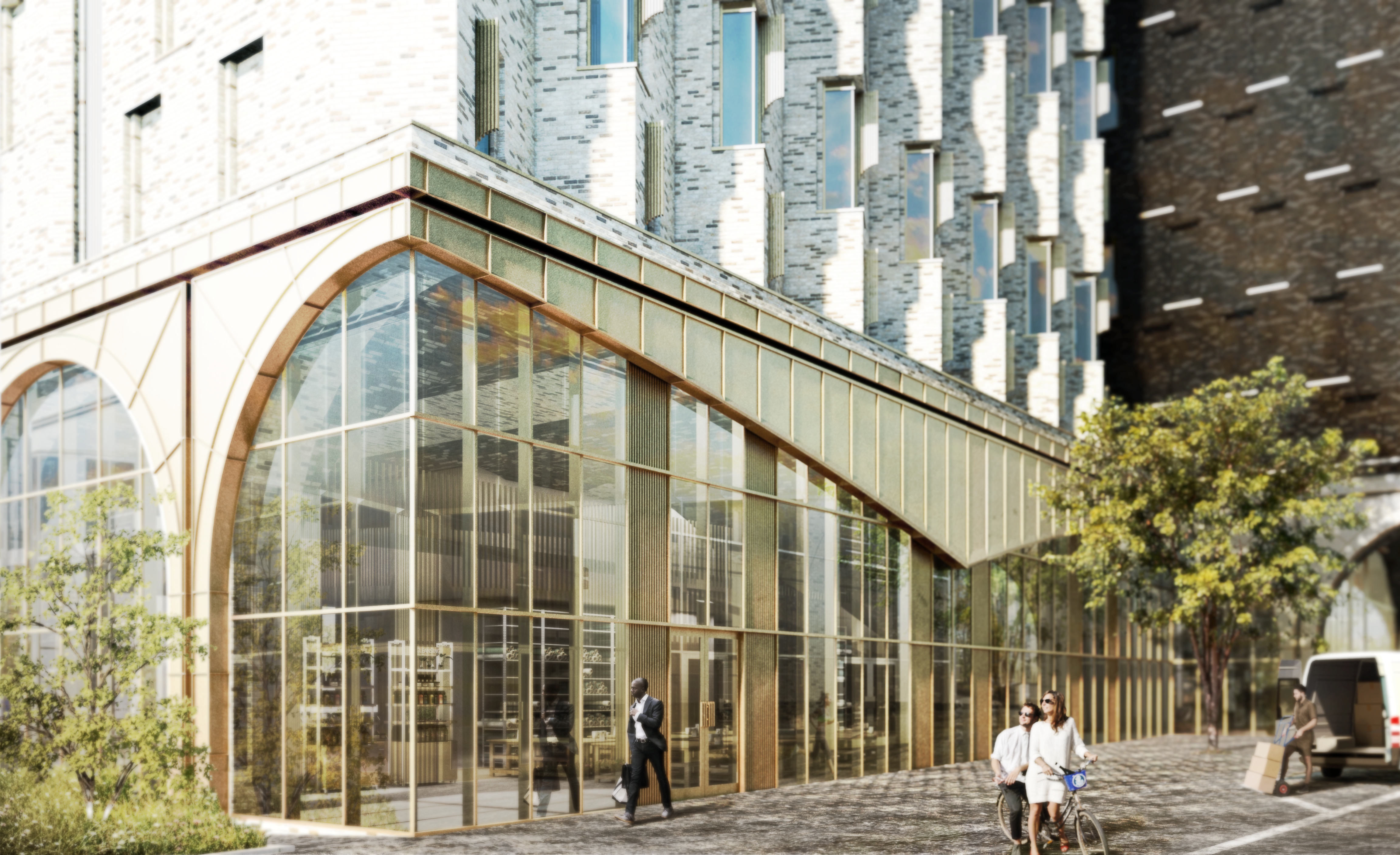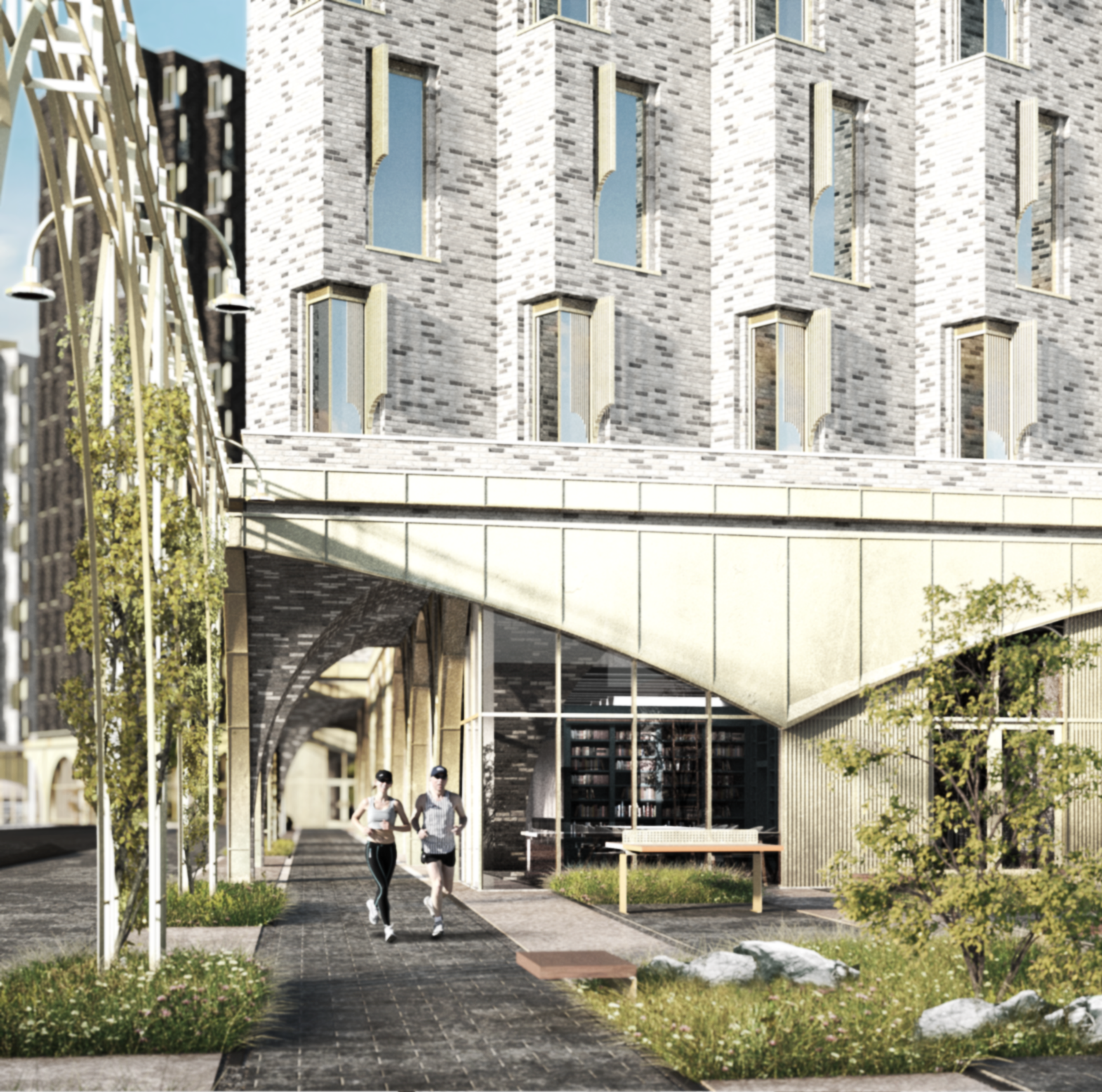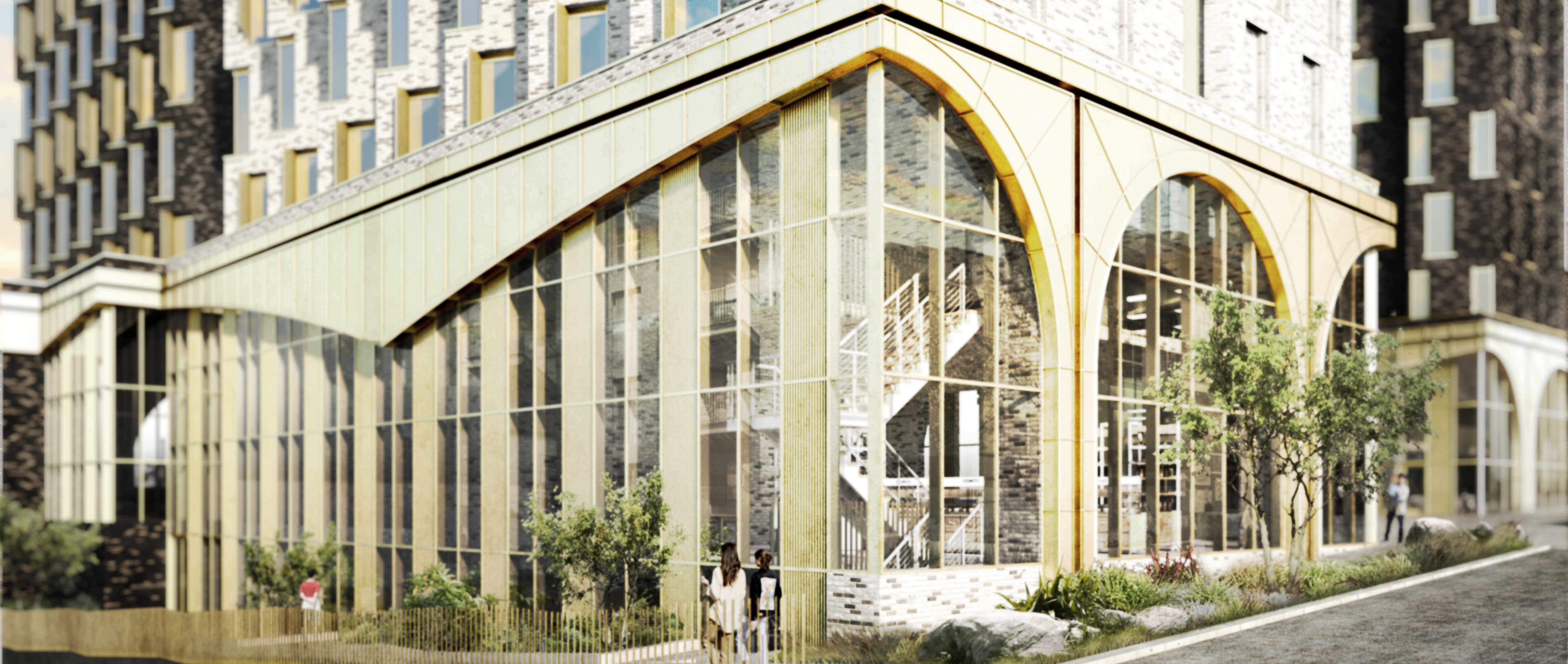Client:
Wembley Edge Property Ltd
Sector:
Mixed-Use
Location:
Glynn’s Industrial Site, Fifth Way, Wembley, London Borough of Brent
Our Services:
Transport Planning & Water Management

Throughout the design process, CE was heavily involved in the masterplan design, providing Swept Path Analysis (tracking) to inform the delivery and servicing strategy for the site.
Following changes to local TfL bus services and the proposed introduction of a new bus stop immediately adjacent to the site, CE incorporated the design of a new bus stop on Fifth Way along the site frontage. The highway works included a new Zebra crossing and inset loading bay on Fifth Way, also designed by CE.
In order to assess how the development would support car-free lifestyles, a Healthy Streets Active Travel Zone Assessment was conducted under daytime and nighttime conditions, with auditors assessing each route based upon the 10 recognised healthy streets indicators.
Further investigation into the risk of surface water flooding, sewer flooding and groundwater flooding was undertaken. The south of the site was shown to be at low to high risk of surface water flooding, however the north of the site experiences low risk of surface water flooding. Risk of sewer and groundwater flooding was found to be low, however the presence of a trunk sewer beneath the northern site required a build over or diversion agreement from Thames Water Utilities. Overall, it was concluded that if the mitigation measures suggested in our Flood Risk Assessment were implemented the development site was at low risk from any source of flooding. Additionally, it was deemed that flood risk to third parties would not increase due to the development proposals.
The surface water drainage strategy design required careful consideration as the overall design had to consider the restrictions of the site and the limited space for appropriate SuDs whilst maintaining a sustainable, cost-effective and buildable approach. A drainage network consisting of an attenuation strategy discharging to the existing surface water sewer was proposed to maximise the use of SuDS whilst adhering to the restricted space available within the development
The proposed drainage strategy introduced green roofs into the development, to provide water quality, amenity and biodiversity benefits, cellular attenuation tanks and rainwater harvesting systems. It ensured that runoff generated from the development proposals would improve over existing runoff rates and will not increase flood risk in the locality.


Doug Hickman
Director (Transport Planning)
Jess Pockett
Associate Director (Flood Risk & Drainage)